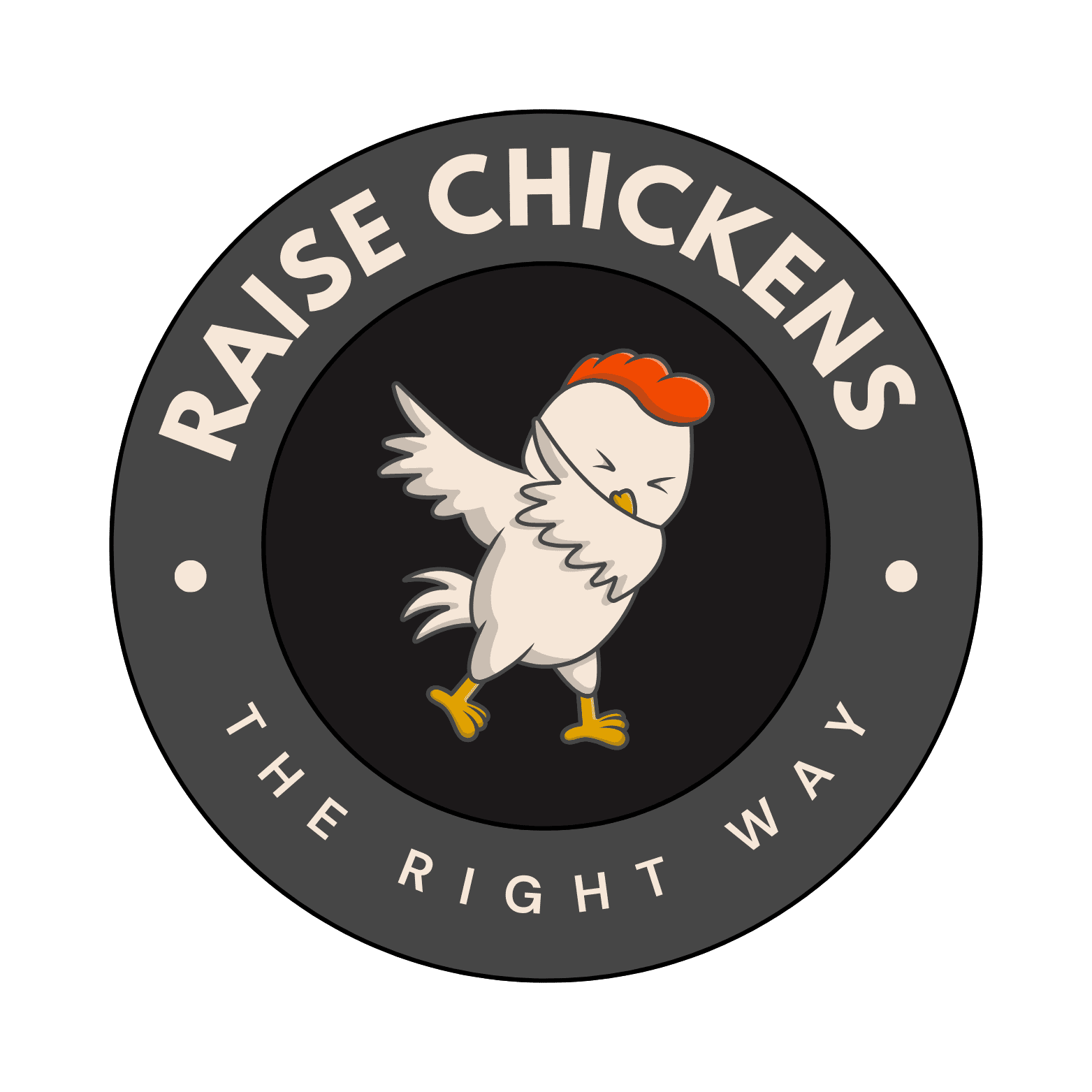Botulism in Chickens: A Farmer’s Guide to This Silent Killer
After spending over two decades raising chickens on my family farm, I’ve encountered my fair share of health challenges. But there’s one condition that still sends shivers down my spine – botulism. I’ll never forget the first time I spotted one of my hens with that characteristic limp neck, a telltale sign that still haunts me to this day.
Let me share my experience and knowledge about this deadly disease, so you can protect your flock from the devastation I’ve witnessed firsthand.
Understanding Botulism: The Basics
Botulism is a serious and often fatal condition caused by a toxin produced by the bacteria Clostridium botulinum. I’ve learned that it’s not the bacteria itself that’s dangerous – it’s the potent toxin it produces. Think of it as an invisible poison that can lurk in your chicken’s environment without any warning signs.
Recognizing the Warning Signs
When it comes to botulism, time is absolutely critical. Here are the main symptoms I’ve observed over the years:
The Silent Sources of Botulism
In my experience, contaminated feed is often the culprit behind botulism outbreaks. I’ve seen it happen when decaying organic matter, like dead animals or spoiled feed, finds its way into the chicken’s food or water. Standing water, particularly during hot summer months, can be a breeding ground for these bacteria.
One particularly nasty outbreak on my farm was traced back to a water container that had trapped a small mouse. The decomposing creature created the perfect environment for botulism toxins to develop. Since then, I’ve been almost obsessive about checking water sources daily.
Acting Fast: Treatment and Care
If you suspect botulism in your flock, here’s what I’ve learned works best:
My Approach to Supportive Care
I’ve found that affected chickens need intensive care to survive. When treating sick birds, I keep them in a quiet, temperature-controlled space. Since they often can’t lift their heads to drink, I use a dropper to provide water directly into their beaks every few hours. It’s exhausting work, but it’s crucial for their survival.
Prevention: The Best Medicine
After dealing with botulism, I’ve developed a rigorous prevention routine that I swear by:
First, I store all feed in sealed containers off the ground. I check it regularly for any signs of moisture or mold. I’ve also implemented a strict cleaning schedule for water containers, scrubbing them thoroughly every few days.
Perhaps most importantly, I maintain a meticulous rodent control program. Those little critters can be the source of big problems if they end up decomposing in feed or water sources.
The Recovery Process
If you’re lucky enough to catch botulism early and your chicken survives, be prepared for a lengthy recovery period. I’ve nursed many birds back to health, and it typically takes 2-3 weeks for them to regain full function. Some birds may never return to their previous level of activity, but they can still live quality lives with proper care.
